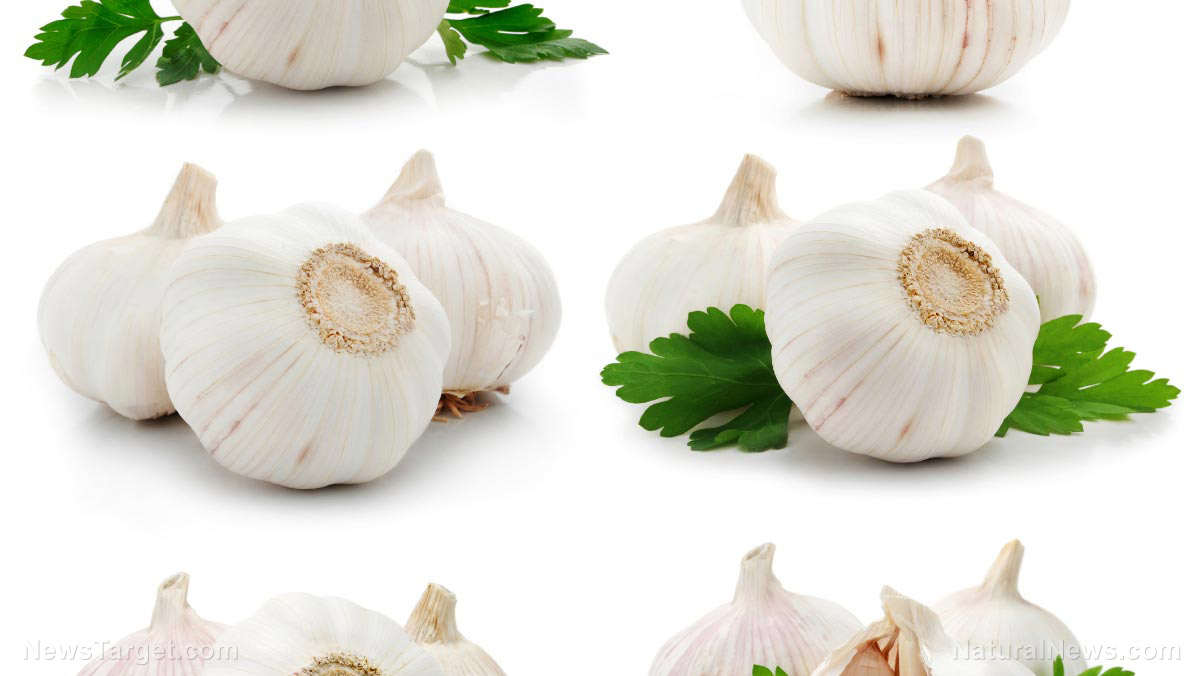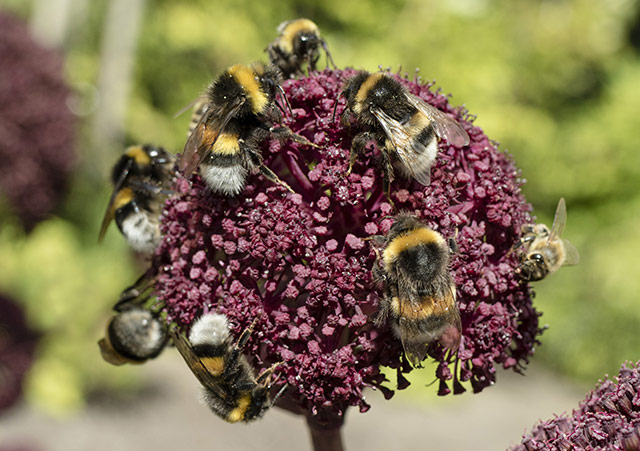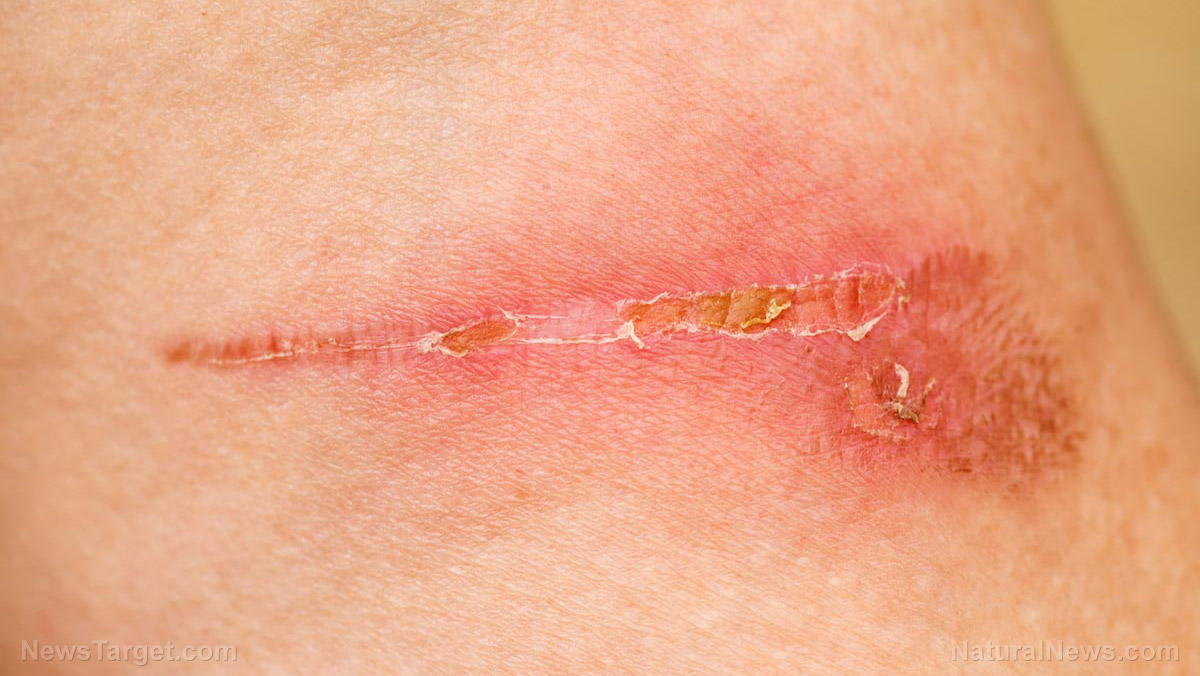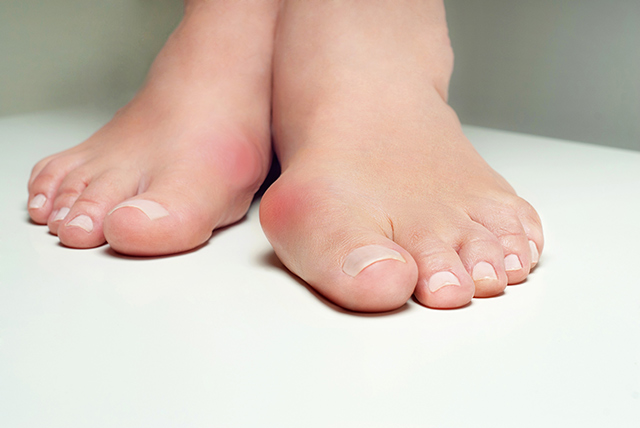Prevent bedsores with henna
10/24/2018 / By Ellaine Castillo

Patients suffering from diseases or conditions that leave them with limited movement do not just face the challenges of recovery, they also are prone to more suffering, mainly because constant pressure on a specific area in their bodies leaves them prone to decubitus ulcers. If left untreated, these could cause more complications and even increase a patient’s mortality by up to 55 percent. A group of researchers from Arak University of Medical Sciences and Isfahan University of Medical Sciences has suggested using henna (Lawsonia inermis) as potential treatment for decubitus ulcers.
Decubitus ulcer, better known as pressure ulcer or bedsore, is a type of local skin damage brought about by constant pressure. It commonly occurs in bony regions like the hips, back, ankles, and buttocks. It’s also more common among patients in the ICU or the elderly since they have limited mobility and cannot adjust their positions to relieve pressure. Once decubitus ulcers have been spotted, it is important to immediately start treatment so that complications, like infections, sepsis, and cancer, can be avoided. Unfortunately, treatment can be a bit costly and not everyone will be able to afford it. This is why natural remedies are important.
Many people know about henna because of its use as a dye. However, it has many other useful properties aside from its color. Previous studies have shown that henna has analgesic, anti-inflammatory, antimicrobial, antioxidant, and anticancer properties. These properties can be attributed to the presence of bioactive compounds like flavonoids, phenolic compounds, alkaloids, and terpenoids. Traditionally, henna is used for the treatment of diseases and skin conditions.
This study, which was published in the Journal of Evidence-Based Integrative Medicine, evaluated the potential application of henna as a preventive treatment for decubitus ulcers. An evaluation was done through a randomized clinical trial with 80 participants from the ICU. The researchers created a mixture of henna powder and water, following a 1-to-10 ratio. This was then applied on the sacrum — or the lower back area between the hipbones — and rinsed off with warm water, 30 minutes after application.
To determine if the patient has developed early stages of decubitus ulcer, the temperature of the sacral region was observed relative to the body temperature. This was regularly observed for a period of seven days. Results showed that henna was effective in preventing decubitus ulcer since only one patient that was given henna treatment developed bed sores. Meanwhile, there were six patients from the control group that developed the condition.
Based on these results, it can be concluded that, in addition to its many other applications, henna can also be used as a safe, effective, and cheaper preventive treatment for decubitus ulcer. (Related: Preventing liver damage with the henna plant.)
Other remedies for bedsores
Aside from henna, the following natural remedies are also effective against bedsores:
- Lavender oil – Lavender oil doesn’t just smell nice, it also has many useful properties. These include anti-inflammatory, analgesic, and antimicrobial properties that make it great for treating bed sores. Concentrated lavender oil can be a bit strong so mix it with a carrier base, like coconut oil or shea butter, then pour this on a gauze that can be applied over the sore. This should be done twice a day for best results.
- Aloe vera gel – This extremely common plant is known for its anti-inflammatory and wound-healing properties, which are very helpful for inflamed bed sores. Aloe vera gel is sold commercially but it’s also very easy to get the gel straight from the plant. Just cut a small portion of the plant, scrape off the gel from inside then apply it on the bed sore. Rinse the gel off after 30 to 40 minutes.
- Egg white – A crucial part of the healing process is tissue regeneration. Egg whites can be used to accelerate the healing process of bed sores since they promote regeneration of scarred tissue. Direct application of egg whites on the bed sore can be done once or twice a day for better results.
Learn more about natural cures for bed sores by visiting Cures.news today.
Sources include:
Tagged Under: alternative medicine, decubitus ulcer, Henna, herbal medicine, Lawsonia inermis, natural cures, natural treatment, remedies, skin care, skin damage, skin health, ulcer


















